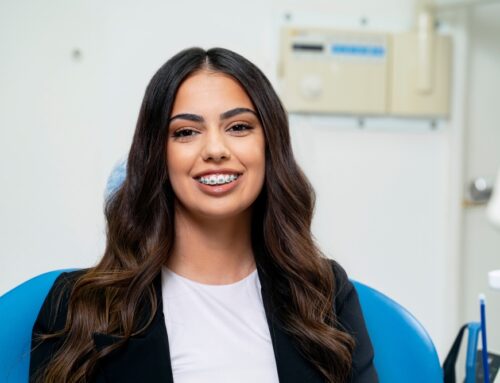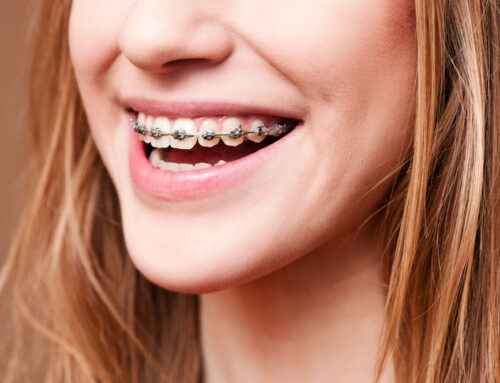The field of orthodontics is constantly advancing, with innovations that enhance the effectiveness, comfort, and aesthetics of treatments. In Fort Worth, orthodontists, including the team at Ahava Orthodontics, are at the forefront of integrating these advancements into patient care. This article delves into the latest developments in orthodontic technologies and materials that are redefining the braces experience in the United States.
Self-Ligating Brackets
One of the significant advancements in braces technology is the development of self-ligating brackets. These modern brackets reduce the need for manual tightening that traditional braces require. According to Bonnick, Nalbandian, and Siewe (2011), self-ligating brackets allow for more precise control over tooth movement and can lead to shorter treatment times. This efficiency is achieved through a sliding mechanism that adjusts automatically as teeth align, minimizing discomfort and the frequency of orthodontic appointments.
Lingual Braces
Lingual braces represent a leap forward in improving the aesthetics of orthodontic treatment. Positioned on the backside of the teeth, lingual braces are virtually invisible to others, offering an excellent alternative for adults and teens concerned about the visibility of their orthodontic treatment. While they function similarly to traditional braces, the placement behind the teeth ensures that patients can smile confidently throughout their treatment process.
Removable Aligners
The introduction of removable aligners has revolutionized orthodontics by providing a clear, comfortable, and removable alternative to traditional braces. Aligners like Invisalign are favored for their convenience and their facilitation of better oral hygiene, as they can be taken out while eating and brushing. A study by Sehrawat et al. (2021) highlights that clear aligners are not only aesthetically preferable but also reduce the duration of treatment in many cases.
Digital and 3D Imaging Technologies
Advancements in digital and 3D imaging technologies have greatly improved the precision of diagnostics and treatment planning in orthodontics. These technologies allow orthodontists to create detailed visualizations of the craniofacial structure, providing insights that were not possible with traditional X-rays. The accurate imaging ensures that each treatment plan is highly customized and targeted, leading to better outcomes and more efficient treatments.

Robotic Wire Bending and Custom Appliances
The integration of robotic technology in wire bending and the creation of custom appliances has tailored orthodontic care to the individual needs of each patient. These technologies ensure that braces and other orthodontic appliances are perfectly configured to the patient’s dental anatomy, enhancing comfort and effectiveness. According to Sehrawat et al. (2021), such precision not only improves the alignment process but also reduces the overall time required for treatment.
Advanced Materials
The use of advanced materials in orthodontics, such as nickel-titanium alloy wires and biocompatible mini-implants, has significantly improved both the experience and the results of orthodontic treatments. Cunningham et al. (2002) note that smart alloys like nickel-titanium maintain their elasticity and strength across a wider range of temperatures, reducing the need for frequent adjustments. These materials adapt to the conditions within the mouth, ensuring consistent pressure and faster alignment.
Family Centered and Innovative Orthodontist in Fort Worth
At Ahava Orthodontics in Fort Worth, we are dedicated to incorporating these innovative technologies and materials to provide superior orthodontic care. Our commitment to adopting the latest advancements allows us to offer treatments that are not only effective but also tailored to the needs and preferences of our patients. If you’re considering orthodontic treatment, contact us to learn more about how these innovations can benefit you and help you achieve the smile you’ve always wanted.




